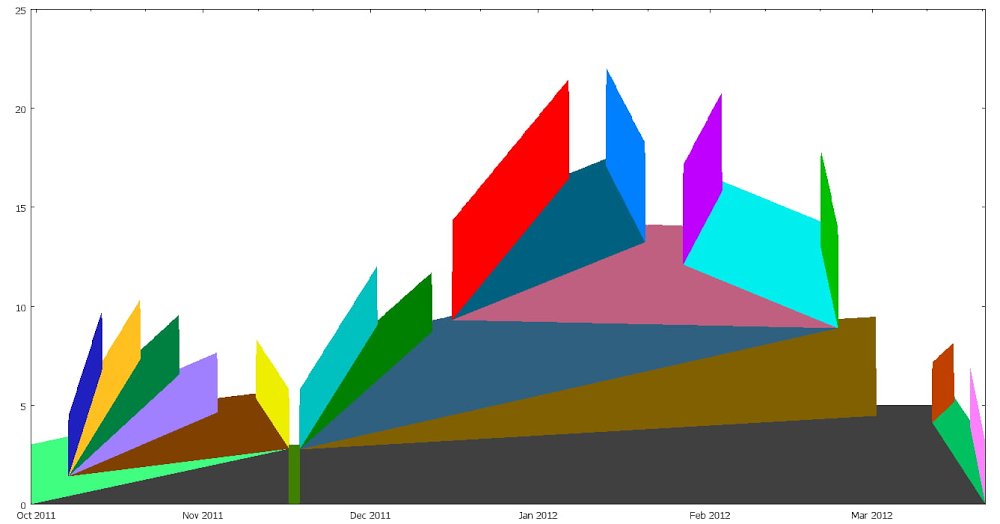As humans, we look to nature for inspiration, and much of our appreciation of beauty comes from natural forms. Who among us hasn’t lain on a hillside, looking for familiar shapes in the clouds?As engineers, many of our interactions take place with a built environment that is entirely separate from nature. Still, we have deep connections with nature, and we might find images in unexpected places—even in the midst of a grim outage. To celebrate this, we are pleased to share with you a selection of images from Google’s ‘Museum of Borgmon Abstract Art.’Borgmon, as you’ll recall from Chapter 10 of the SRE Book, is a system for alerting based on time-series data. For over a decade, it has provided Google SRE teams insight into system behavior and trends. It has also brought art and joy amidst our travails. To wit, consider these images that we have found in our very monitoring systems:Fig. 1: Three-dimensional booksThese bring us delight:Fig. 2: A skein of yarn unravelsand, with the aid of our imagination, even some amusement:Fig. 3: Can you spot the elephant in the room ^W graph?Fig. 4: A tapestry formed of per-task request ratesand—with a little added flourish—invent some creatures. With this, we present to you… the Borgmonster:Fig. 5: The BorgmonsterWe like this alot.You can see our gallery online at sre.google/mobaa.When you come back to earth, read more about monitoring and observability in the Monitoring Distributed Systems chapter of the SRE Book and in the Monitoring chapter of the SRE Workbook. Then, ask yourself: What do the shapes, color palettes, and patterns of your monitoring say to you? Share them with @googlesre on Twitter using #SREArt.Visit sre.google to learn more about SRE and industry-leading practices for service reliability.
Quelle: Google Cloud Platform

Published by